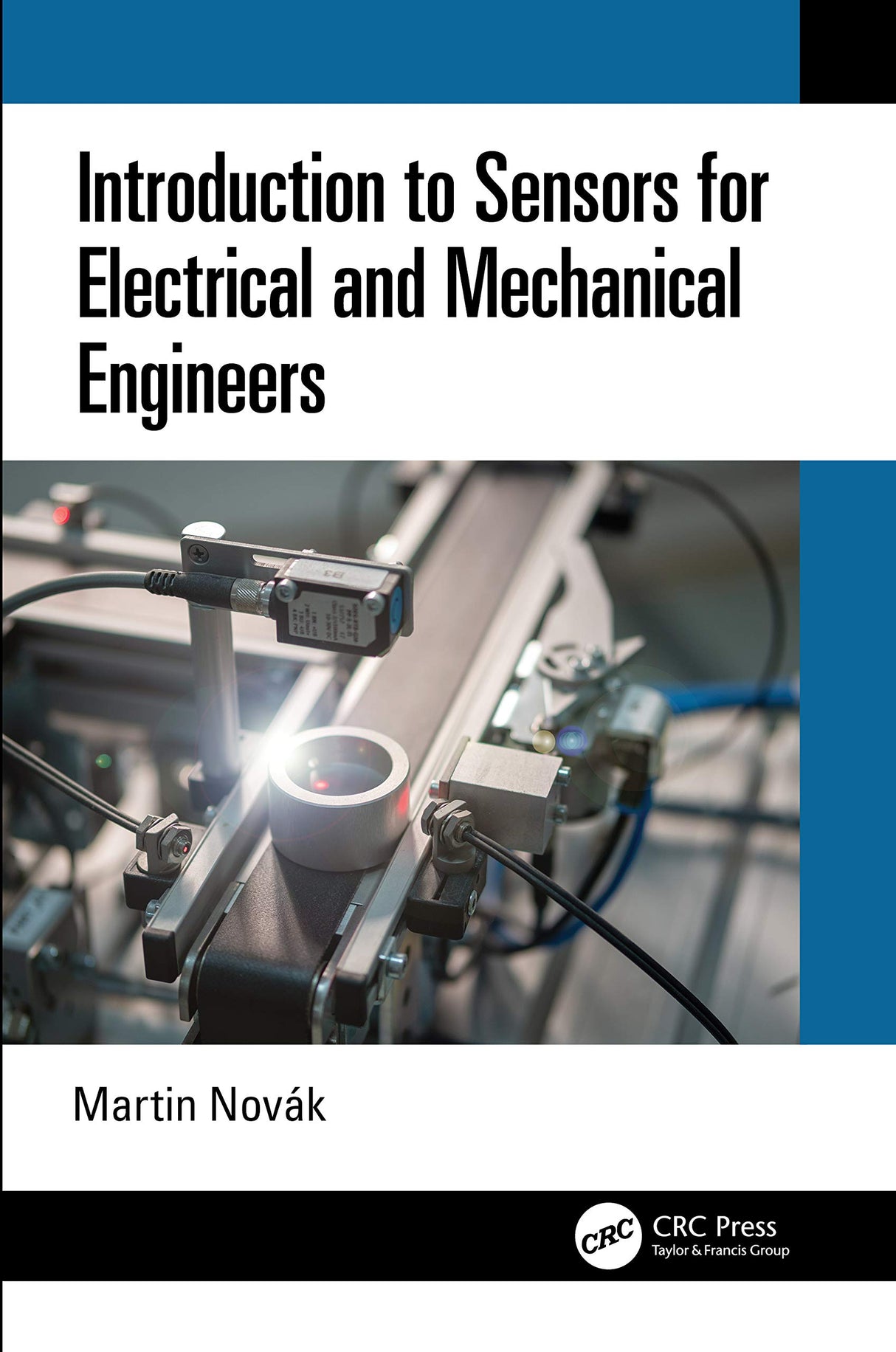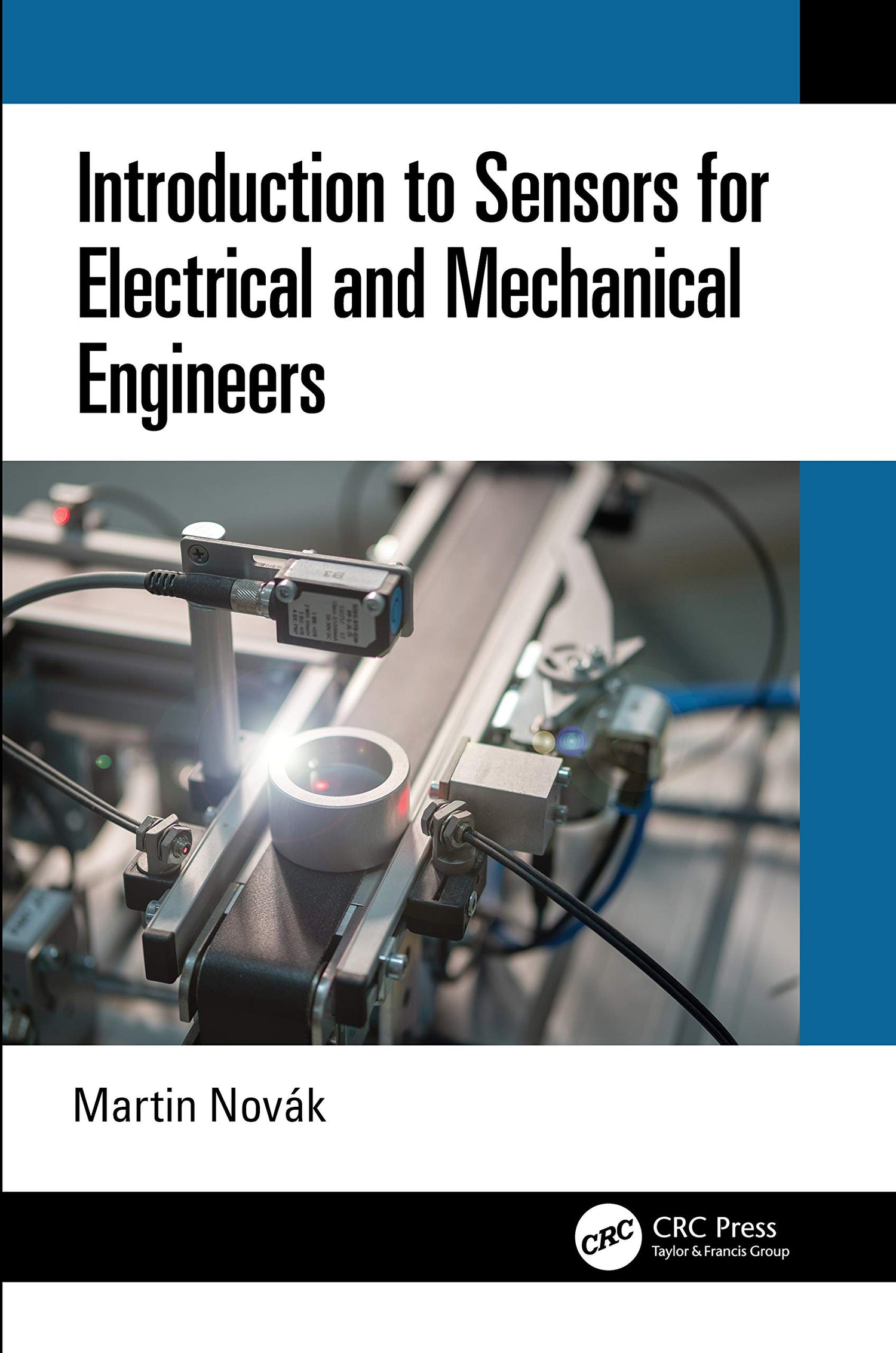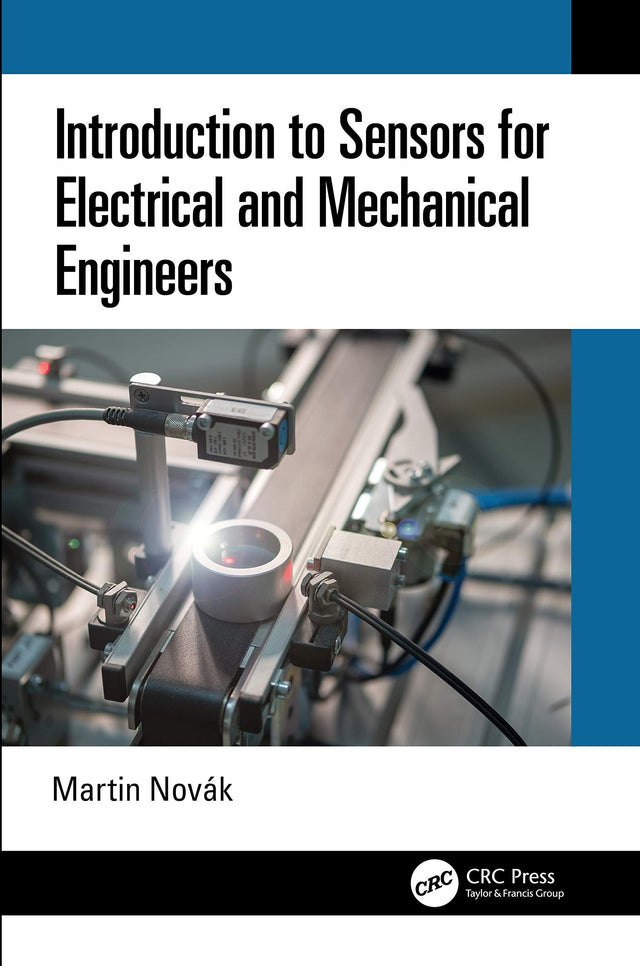Introduction to Sensors for Electrical and Mechanical Engineers
Introduction to Sensors for Electrical and Mechanical Engineers is backordered and will ship as soon as it is back in stock.
Couldn't load pickup availability
Genuine Products Guarantee
Genuine Products Guarantee
We guarantee 100% genuine products, and if proven otherwise, we will compensate you with 10 times the product's cost.
Delivery and Shipping
Delivery and Shipping
Products are generally ready for dispatch within 1 day and typically reach you in 3 to 5 days.
Book Details
-
Author: Martin Novák
-
Publisher: CRC Press
-
Edition: 1
-
Binding: Paperback
-
Number of Pages: 328
-
Release Date: 07-01-2022
-
Language: English
-
ISBN: 9780367534011
-
Package Dimensions: 9.1 x 6.1 x 0.8 inches
About The Book
In "Sensors: Principles and Applications," Martin Novák offers a comprehensive guide that highlights the indispensable role of sensors in modern technology. The book covers everything an engineer or engineering student needs to know to successfully select and integrate sensors into their designs. Whether it’s for phones, cars, robots, or industrial machinery, sensors are crucial for the functionality of almost every modern device and system. This book provides readers with a fundamental understanding of sensors and their applications, essential for building successful machines in today's technologically advanced world.
Designed for electrical and mechanical engineers, as well as hobbyists, this book explains how sensors work, the range in which they operate, the required accuracy, and their cost-effectiveness. It covers all the major variables in mechanical engineering, including temperature, force, torque, pressure, humidity, position, speed, and acceleration. No prior electrical engineering knowledge is required as the book offers clear explanations, complemented by charts and examples of industrial applications.
The book follows a structured approach to ensure clarity:
-
It begins with an explanation of how each sensor works, outlining the underlying principles.
-
It then details the ranges and accuracy in which the sensor can operate.
-
Properties are illustrated with charts and, when necessary, equations.
-
Real-world application examples further enhance understanding.





